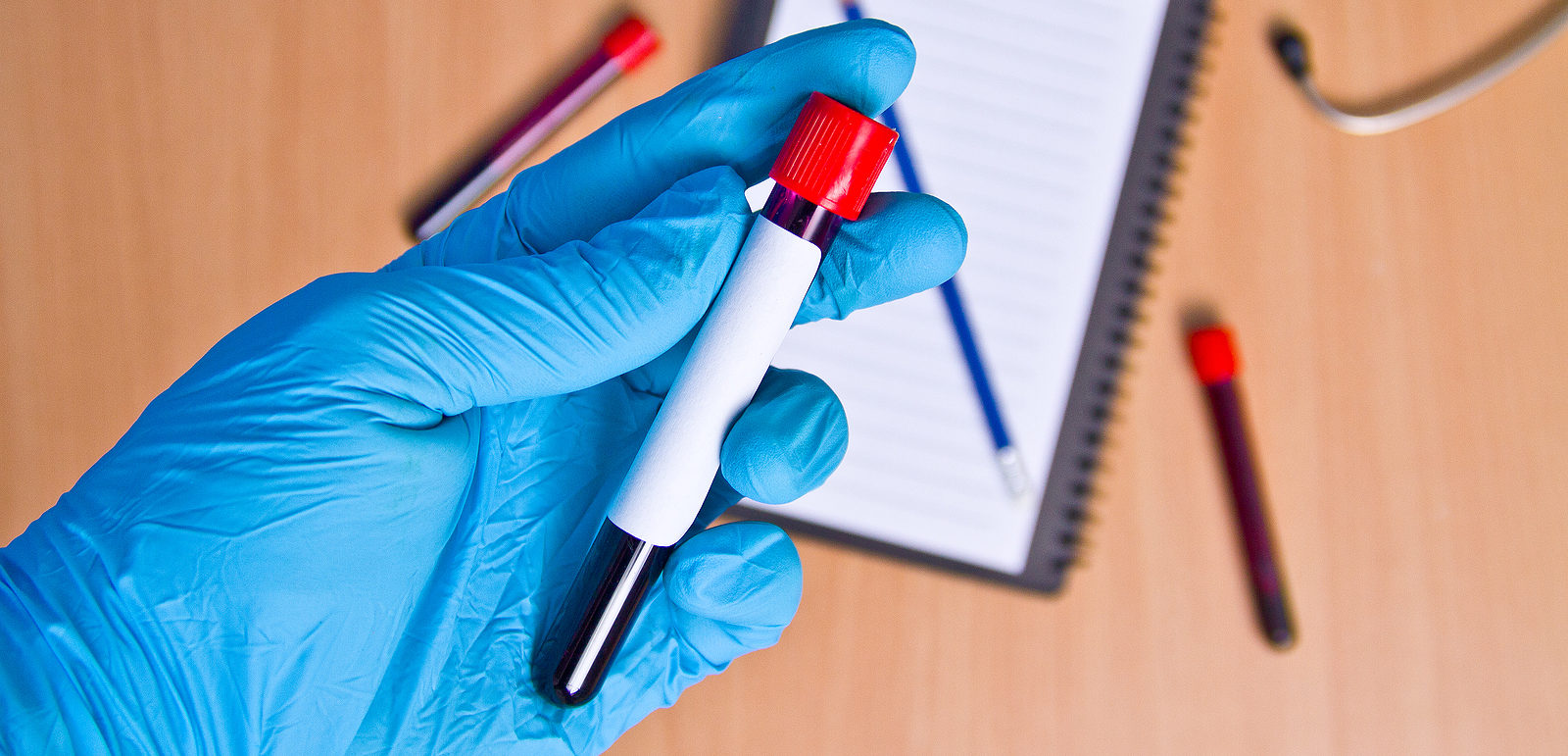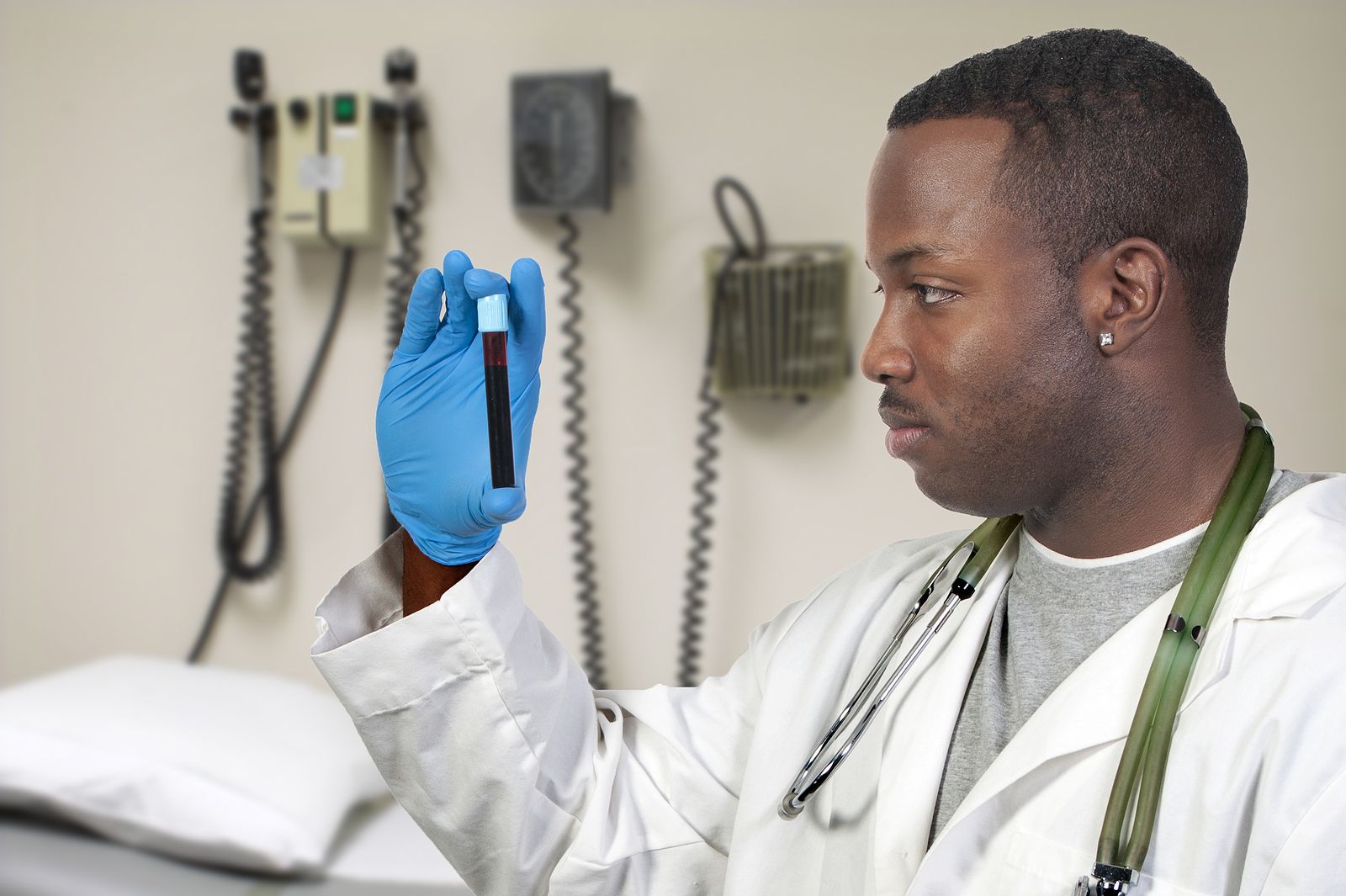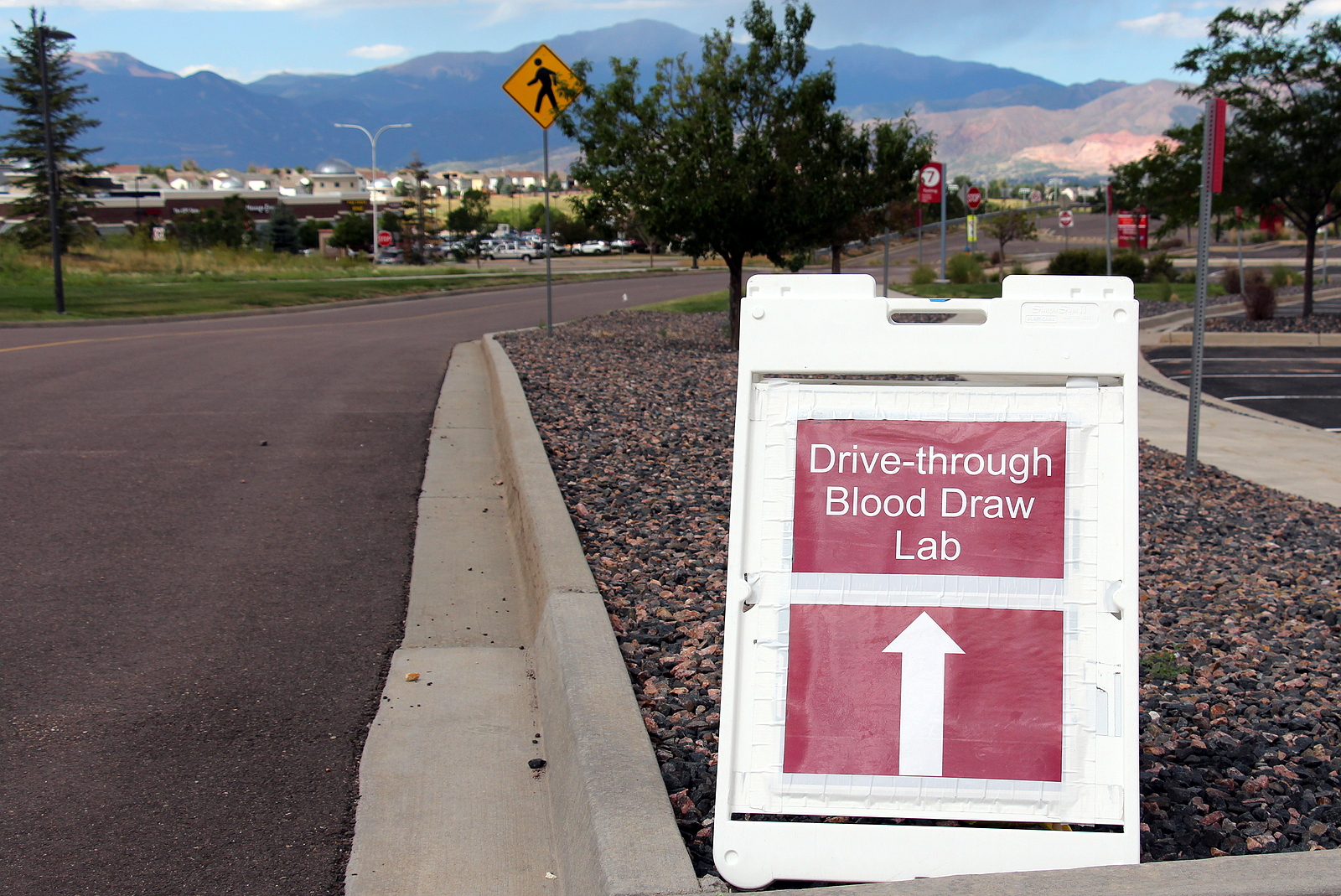As a future phlebotomist, there’s a lot to learn and much to remember. In fact, the variables that affect how, when, and why you’ll draw a patient’s blood can feel overwhelming to those new to the profession. For a job that appears to be so easy, there are so many things that can go wrong. And just like every other career in healthcare, skipping a step or ignoring a proper procedure can have dire consequences for your patient and their family.
As you gain practice with real patients, you’ll gain confidence in your skills. Back-up procedures to prevent accidents will become habit, and you’ll create fewer opportunities for mistakes. But in the beginning, it’s best to err on the side of caution by checking and rechecking your technique to prevent these most common phlebotomy errors.
Confirm, Then Reconfirm, Your Patient’s Identity
This mistake simply doesn’t happen to experienced phlebotomists because they know how to avoid it. You can avoid it too by putting simple safeguards into place. The easiest way to do this is to strike up a conversation with your patient before you draw their blood. Ask them to verify their date of birth or to spell their last name out loud. This is probably the easiest mistake to avoid and also one of the easiest to make, especially if you’re in a hurry or working in a chaotic environment. You can avoid it by not allowing yourself to feel rushed or intimidated by superiors or by your patient. And you can avoid mislabeling your tubes by labeling them immediately and in front of your patient.
Memorize the Correct Order of Draw
Though your patient will not know if you do it incorrectly, the order of draw is vital. Errors in order of draw can result in contaminated specimens and misdiagnoses. To ensure you remember the correct order every time, try creating an easy-to-remember acronym that keeps tube colors in the proper order. For example, MarketLab recommends creating an easy-to-remember list that coincides with the cultures you’ll take in the order you’ll take them:
Be Loving, Respectful, Gracious, Lighthearted, and Gentle. In this way, it’s easier to remember to draw Blood Culture, Light Blue, Red, Green, Lavender, and Gray in the right order. Create your own memorable acronym, using the order of draw required, to help ensure no mistakes are made.
Avoid Pre-Labeling Tubes
Though some medical facilities will look the other way when it comes to pre-labeling tubes of blood, it’s always best to avoid this practice for several reasons:
- If you label the tube and are unable to draw blood, the tube must be relabeled.
- You could forget a tube, and the next phlebotomist could pick it up and use it in error.
- Labeling the tube afterward gives you a few extra seconds for post-venipuncture patient care.
- In some medical facilities, pre-labeling of tubes is a terminable offense.
The best advice you can give yourself when working toward a career in phlebotomy is to take adequate time with each patient. Don’t allow yourself to be rushed or coerced into cutting corners. And follow the procedures you were taught in the way they were presented. If you do these things, your margin for error will be low.


